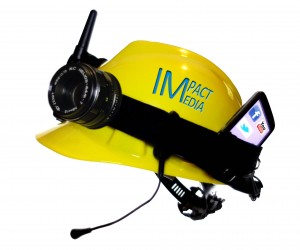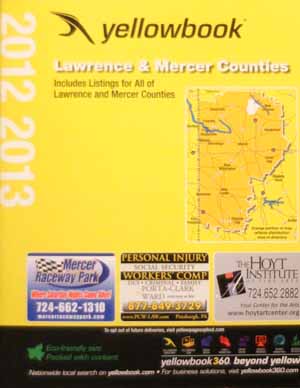
Mining Content
Mud-Hut Studios is often called upon to help describe an organization’s competitive advantage (See our other articles about Content Mining). Script writing is important, but delivering the message in an accessible manner is often challenging. Over the years, I’ve come to utilize the following concepts
Begin by listing one or two features of your product(s) that sets you apart from your competition. Define what advantage(s) the audience should see as a result. Ex. “Our product’s simple design makes your busy day less complicated”
If you feel that your organization has special advantages for your customers, list these as well. Many companies have large and diverse product lines. Features like “manufacturing quality” apply to the entire catalog. Maybe your company’s organization and structure translates into better customer service for your clients.
These cross product advantages are called distinctive competence and should probably be broken into their own chapter(s).
The entire script is written around these feature/advantage points. Of course, you may feel that your product(s) have many strong suits, but your target audience will appreciate your brevity. Break your script outline into chapters like the following.
Concepts for the Introduction
Who is the spokesperson, and why are they qualified to speak?
Acknowledge your audience and thank them for taking the time to listen.
Who are you and what do you produce?
What are you planning to present to the audience?
Body
Our product features and advantages are…
Our company’s distinctive competence is…
Keep the information simple, and clear. Could graphics help? Could a customer testimonial help? How about photos or other visuals?
Closing
What has the client learned today?
What can they do to take immediate advantage of your offerings?
Other
Consider maintaining consistent branding throughout the campaign.
Some companies like to keep their logo or a message in the lower third.
Intro and/or outro graphics or slogan splash can be used as book ends to your message.
Rather than a long production, do three or four short messages, put them on YouTube and link them to another platform like Facebook or your website.
By the way, it is my experience that asking subjects to recite a script is often counter productive. It sounds too rehearsed and comes off as forced. Let your speakers ad lib the high points of an outline. The more natural the read seems; the more honesty it portrays.
Check out examples of our work on our YouTube Channel.




